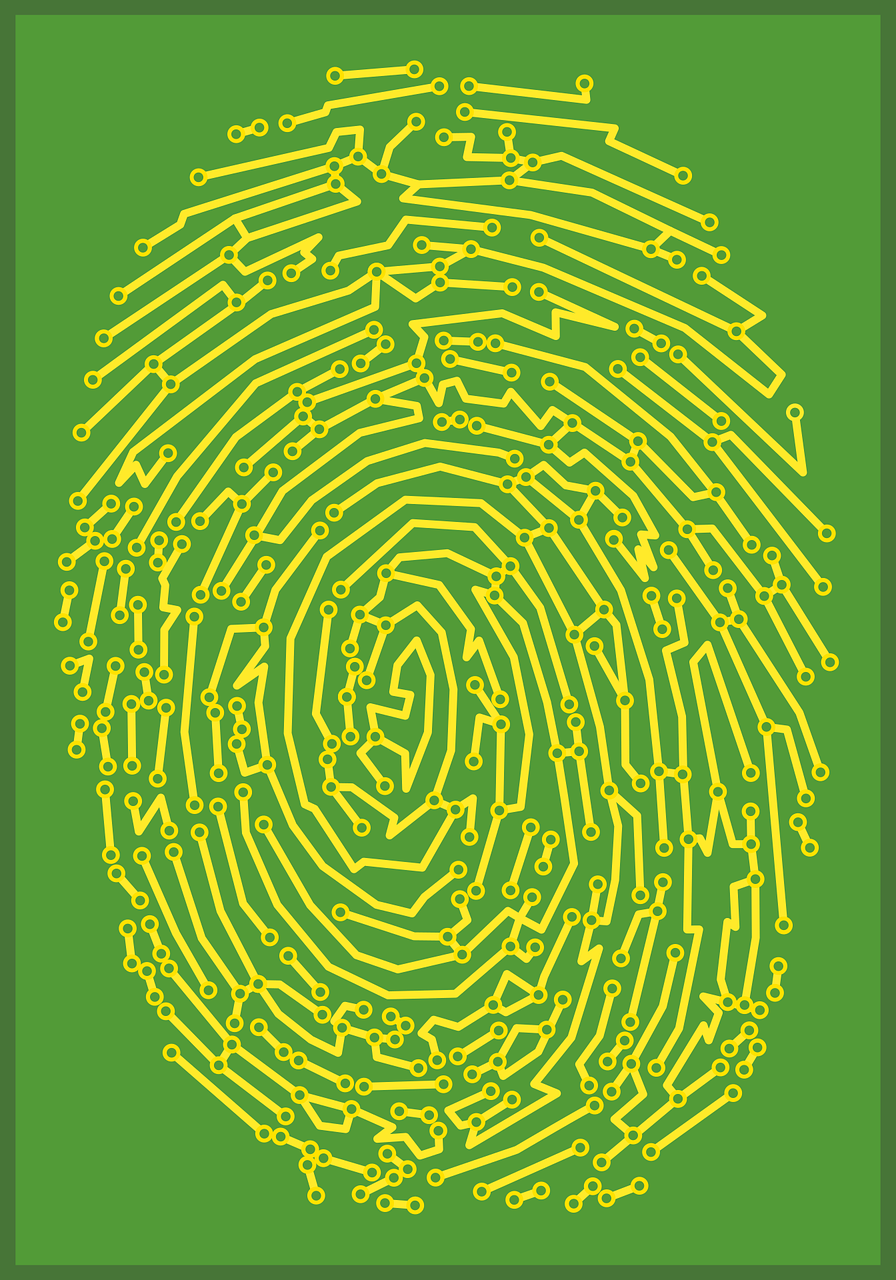
What are sensors?
Sensors are tools that detect and respond to physical inputs from the environment, converting them into electrical signals for processing or analysis. They can detect light, heat, motion, moisture, and pressure. Sensors play a crucial role in the internet of things (IoT), creating an ecosystem for collecting and processing data about specific environments. They are used in various settings, such as homes, fields, automobiles, airplanes, and industrial settings. Sensors bridge the gap between the physical and logical worlds, enabling computing infrastructure to analyze and act upon collected data.
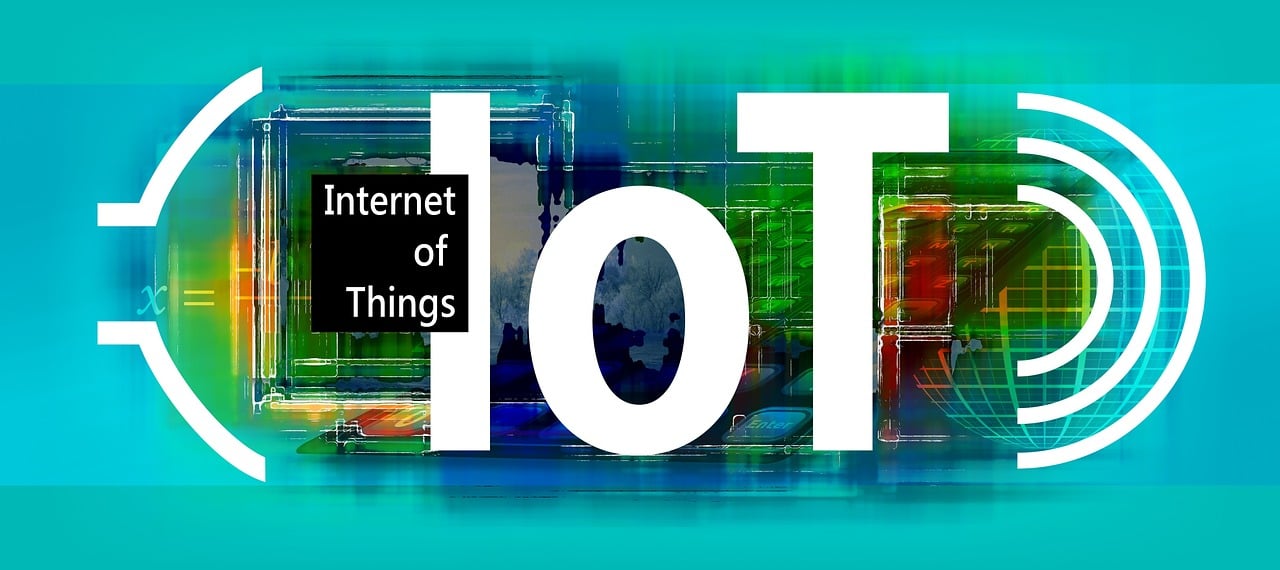
Basic Components
A typical sensor consists of:
- Sensing Element: This is the part of the sensor that interacts with the physical or environmental parameter being measured. It can be a physical component, such as a thermistor or a photodiode, or a chemical component, such as a gas sensor.
- Signal Conditioning Circuitry: This circuitry amplifies, filters, and processes the signal from the sensing element to prepare it for output.
- Output Interface: This is the part of the sensor that transmits the measured data to a device, such as a microcontroller, computer, or display.
How sensors work
A sensor converts physical action into electrical equivalents, processing signals for easy communication and processing, outputs binary (object presence) or analog/digital measurement values.
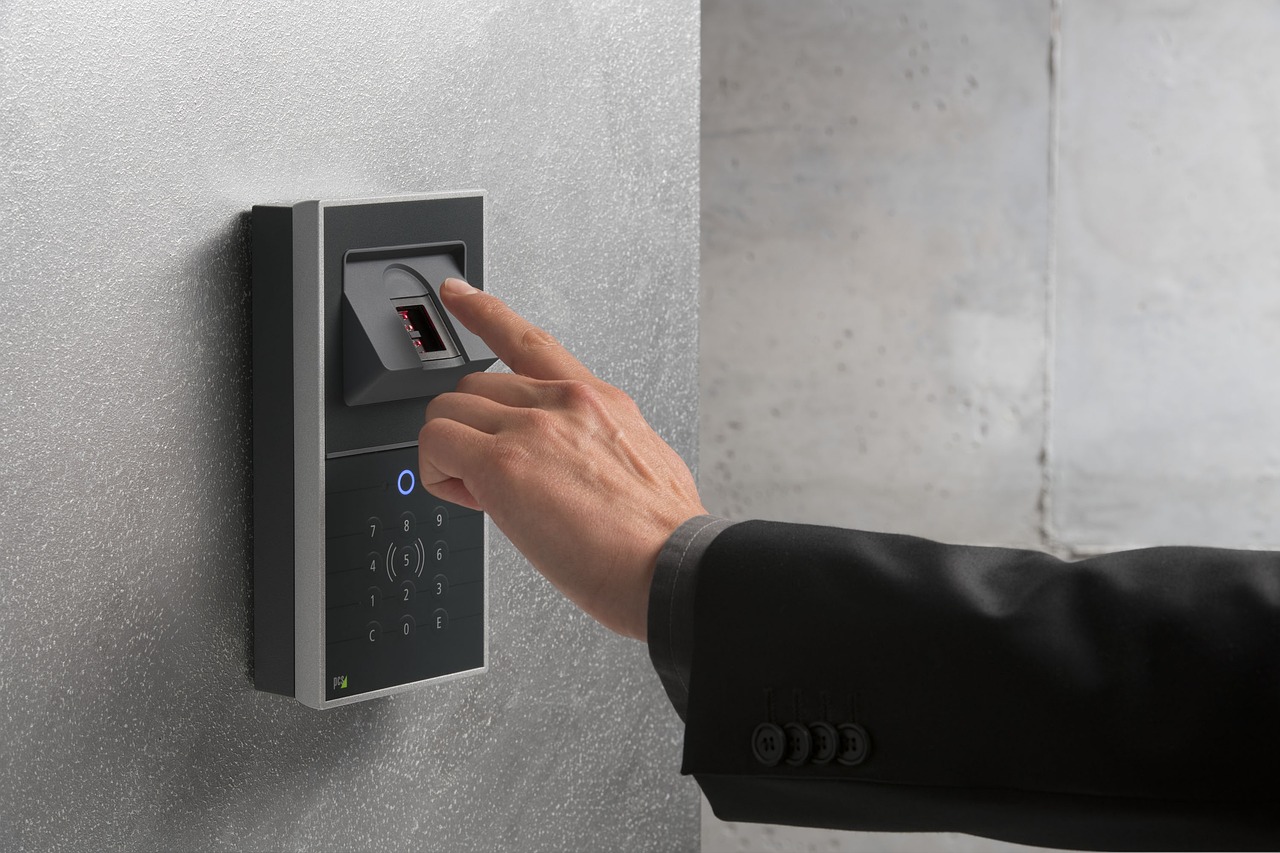
The process of how sensors work can be broken down into the following steps:
- Stimulus Detection: The sensing element detects a change in the physical or environmental parameter being measured.
- Signal Generation: The sensing element generates a signal in response to the detected change. This signal can be electrical, optical, or mechanical.
- Signal Conditioning: The signal conditioning circuitry amplifies, filters, and processes the signal to improve its quality and prepare it for output.
- Signal Conversion: The signal is converted into a format that can be understood by the output device. For example, an analog signal may be converted to a digital signal.
- Output: The processed signal is transmitted to the output device, which can display, store, or use the data.
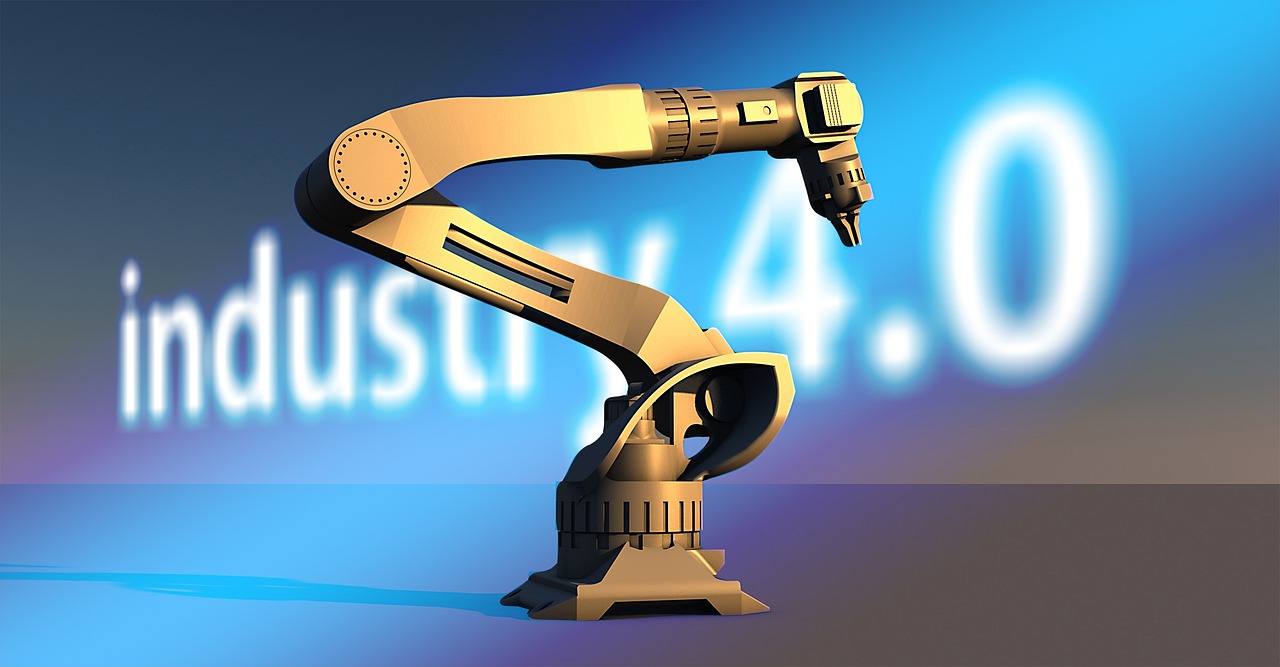
Sensors in industry
Sensors play a crucial role in various industries, enabling the collection of data, monitoring of processes, and optimization of operations. Here are some examples of sensors used in different industries:
- Manufacturing Industry:
* Temperature sensors: Monitor temperature levels in production processes, such as welding, casting, and heat treatment.
* Pressure sensors: Measure pressure levels in hydraulic and pneumatic systems, ensuring safe and efficient operation.
* Vibration sensors: Detect anomalies in machinery, predicting potential failures and reducing downtime.
* Proximity sensors: Detect the presence or absence of objects, enabling automation and quality control. - Automotive Industry:
* Accelerometers: Measure acceleration, vibration, and orientation in vehicles, improving safety features like airbag deployment and stability control.
* Pressure sensors: Monitor tire pressure, fuel pressure, and oil pressure, ensuring optimal vehicle performance.
* Temperature sensors: regulate engine temperature, transmission temperature, and cabin temperature.
* Radar and lidar sensors: Enable advanced driver-assistance systems (ADAS), such as adaptive cruise control and lane departure warning. - Aerospace Industry:
* Accelerometers: Measure acceleration, vibration, and orientation in aircraft and spacecraft, ensuring stable flight and navigation.
* Pressure sensors: Monitor cabin pressure, fuel pressure, and hydraulic pressure, ensuring safe flight operations.
* Temperature sensors: regulate engine temperature, fuel temperature, and cabin temperature.
* Inertial measurement units (IMUs): Provide data on aircraft orientation, acceleration, and rotation, enabling navigation and control. - Healthcare Industry:
* Biosensors: Detect biomarkers, such as glucose levels, blood pressure, and heart rate, enabling medical diagnosis and monitoring.
* Temperature sensors: Monitor patient temperature, ensuring accurate diagnosis and treatment.
* Pressure sensors: measure blood pressure, intraocular pressure, and respiratory pressure, aiding in patient care.
* Electroencephalography (EEG) sensors: Record brain activity, helping diagnose neurological disorders. - Energy and Utilities Industry:
* Temperature sensors: Monitor temperature levels in power plants, ensuring efficient energy production and transmission.
* Pressure sensors: Measure pressure levels in pipelines, ensuring safe and efficient energy transportation.
* Vibration sensors: Detect anomalies in turbines and generators, predicting potential failures and reducing downtime.
* Current sensors: Monitor electrical current, enabling efficient energy distribution and consumption. - Agriculture Industry:
* Soil moisture sensors: Monitor soil moisture levels, optimizing irrigation and crop growth.
* Temperature sensors: regulate temperature levels in greenhouses, ensuring optimal growing conditions.
* Humidity sensors: Monitor humidity levels, preventing crop damage and optimizing storage conditions.
* GPS sensors: enable precision farming, optimizing crop yields, and reducing waste. - Food and Beverage Industry:
* Temperature sensors: Monitor temperature levels in storage, processing, and transportation, ensuring food safety and quality.
* Pressure sensors: Measure pressure levels in packaging, ensuring proper sealing and preservation.
* Humidity sensors: Monitor humidity levels, prevent spoilage, and optimize storage conditions.
* pH sensors: Measure acidity levels, ensuring optimal food processing and preservation. - Environmental Monitoring:
* Air quality sensors: Monitor pollutant levels, such as particulate matter, nitrogen dioxide, and ozone.
* Water quality sensors: Measure parameters like pH, turbidity, and dissolved oxygen, ensuring safe drinking water.
* Weather sensors: Monitor temperature, humidity, wind speed, and precipitation, predicting weather patterns and enabling climate modeling.
* Noise sensors: Monitor sound levels, mitigating noise pollution and ensuring environmental compliance.
These examples illustrate the diverse applications of sensors across various industries, highlighting their importance in optimizing processes, improving safety, and reducing costs.
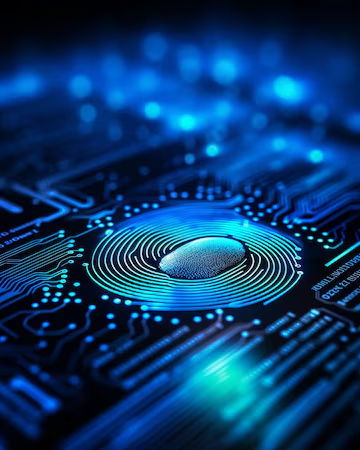
Sensors in daily life
Sensors are a crucial part of our daily lives, often used without our awareness. They are used in smartphones, wearables, home security systems, automobiles, home appliances, medical devices, gaming consoles, smart home devices, industrial automation, and environmental monitoring. Smartphones use accelerometers, gyroscopes, proximity, and face recognition sensors for screen rotation, gaming, and biometric authentication. Wearables use accelerometers and gyroscopes to track physical activity, sleep, and health metrics. Automotive systems use sensors for stability control, proximity detection, temperature management, and tire pressure monitoring. Sensors are also used in home appliances, medical devices, gaming consoles, smart home devices, industrial automation, and environmental monitoring. Their applications continue to expand and improve our daily experiences.
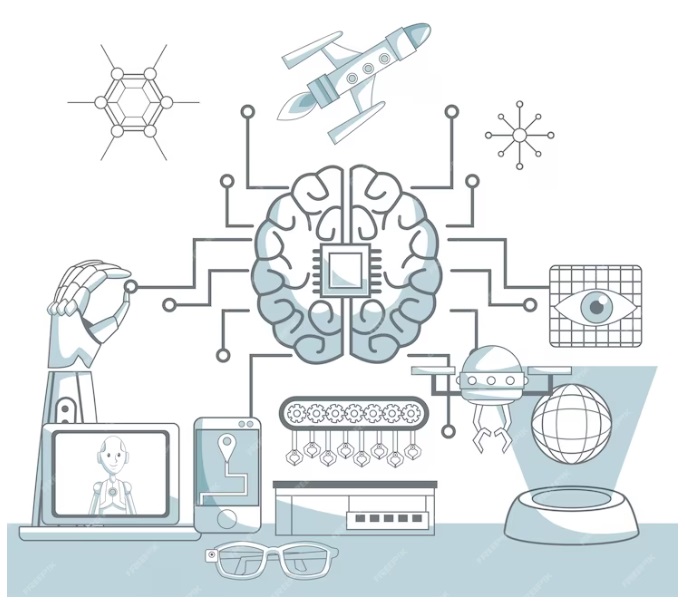
The Future of Sensors
Sensor technology is poised for significant advancements in medical diagnostics, energy performance, health and safety, space exploration, and environmental monitoring. The rapid progress in sensor capabilities suggests an exciting future.
